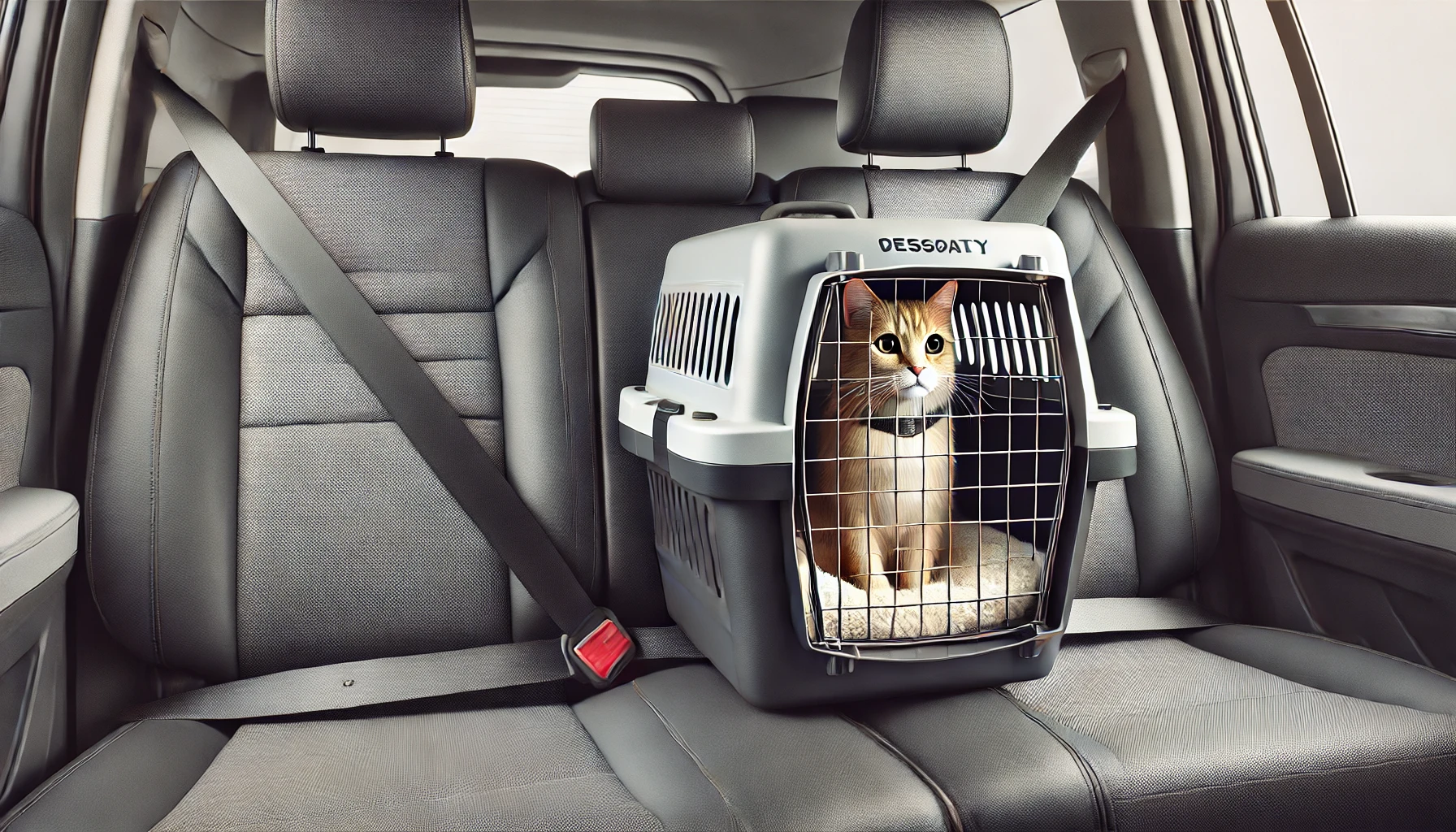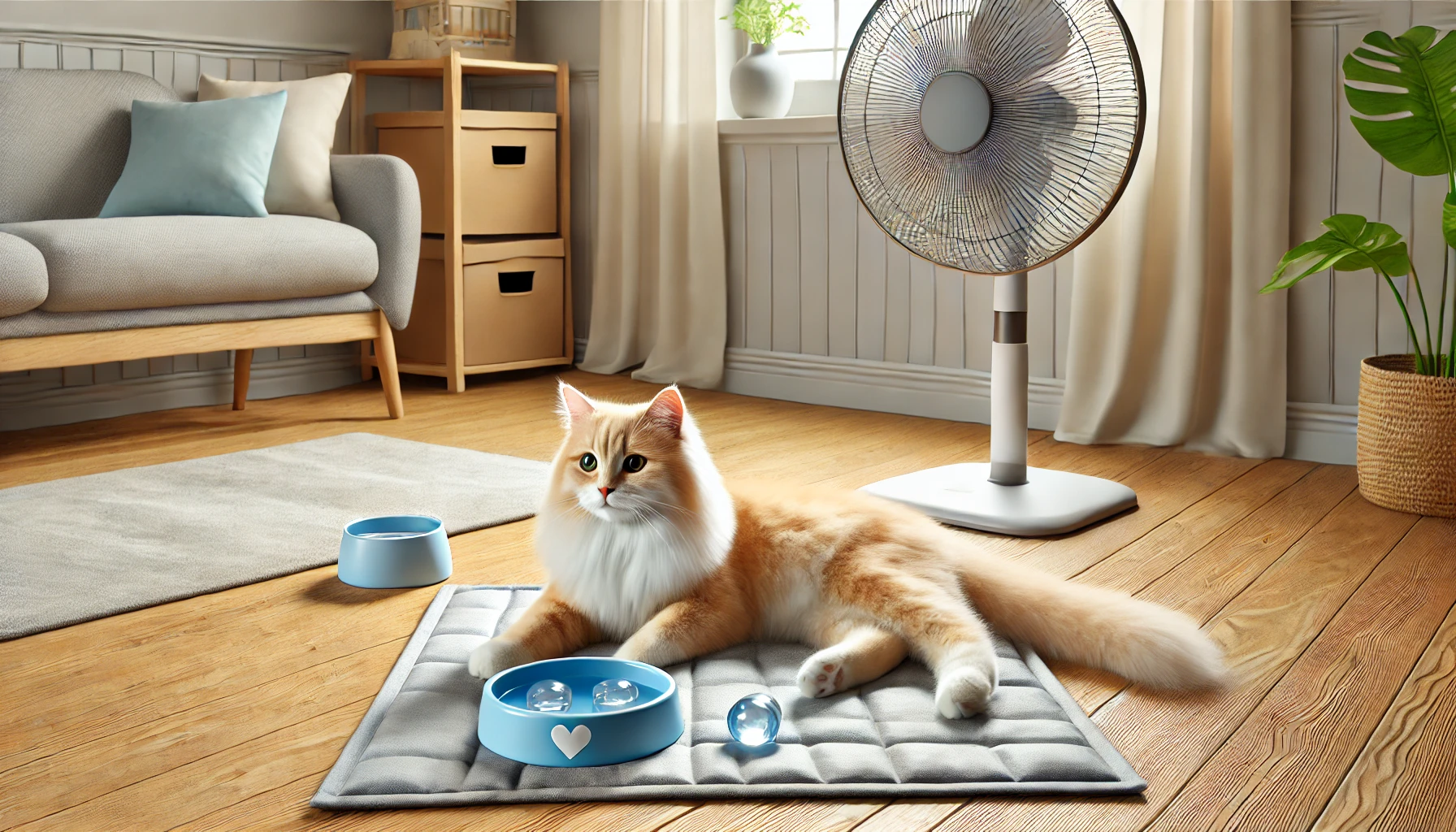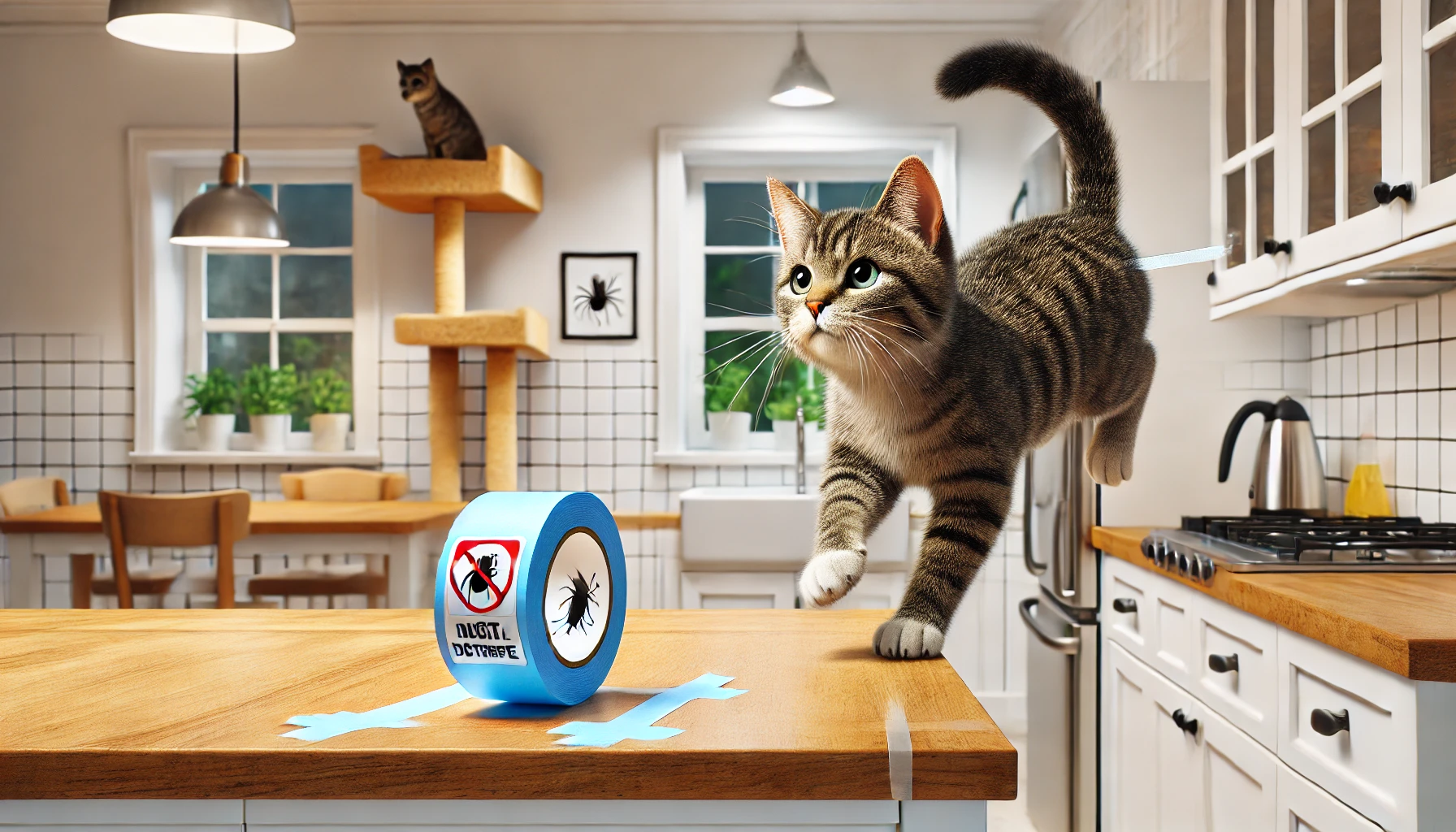Car travel can be stressful for cats, but with the right preparation, it can be a smooth and safe experience. Whether you’re taking your cat to the vet, moving to a new home, or going on a road trip, following proper safety measures reduces anxiety and prevents accidents.
In this guide, you’ll learn how to safely transport your cat in a car, reduce stress, and make trips easier for both of you.
1. Always Use a Secure Carrier
Cats should never be loose in a moving vehicle. A carrier keeps them safe and prevents distractions.
✅ Choosing the Right Carrier:
✔ Sturdy and well-ventilated (hard-shell or soft-sided).
✔ Large enough for your cat to turn around comfortably.
✔ Top-loading carriers make it easier to place your cat inside.
✔ Secure zippers and latches to prevent escapes.
🚨 Never let your cat roam freely in the car—it’s dangerous for both of you!
2. Get Your Cat Used to the Carrier Before the Trip
If your cat only sees the carrier before vet visits, they’ll associate it with stress.
✅ How to Make the Carrier a Positive Space:
✔ Leave it open in the house so your cat can explore it.
✔ Place soft bedding, treats, and toys inside.
✔ Feed meals near or inside the carrier.
✔ Take short practice trips before long journeys.
🚨 If your cat is scared of the carrier, introduce it gradually with treats and patience.
3. Keep Your Cat Calm During the Car Ride
Some cats cry, pant, or act restless during car trips due to anxiety.
✅ Ways to Keep Your Cat Relaxed in the Car:
✔ Cover the carrier with a light blanket to reduce visual stress.
✔ Play soft music or white noise for a calming effect.
✔ Use Feliway pheromone spray inside the carrier.
✔ Speak in a calm, soothing voice to reassure them.
🚨 Never open the carrier while driving—even if your cat meows!
4. Secure the Carrier Properly in the Car
The carrier should be stable and secure to prevent sliding.
✅ Best Carrier Placement in the Car:
✔ Place it on the floor behind the front seat (most secure).
✔ If using the back seat, secure it with a seatbelt.
✔ Avoid putting the carrier in direct sunlight or near air vents.
🚨 Never place the carrier in the front seat with an active airbag!
5. Plan for Breaks on Long Car Trips
If your trip lasts more than 4 hours, plan stops for bathroom and water breaks.
✅ How to Take Breaks Safely:
✔ Keep your cat inside the carrier while opening car doors.
✔ Offer water in a spill-proof bowl.
✔ Use a travel litter box inside the car if needed.
🚨 Never let your cat out of the car in an unfamiliar area—cats can panic and run!
6. Avoid Feeding Right Before Traveling
A full stomach can cause motion sickness during car rides.
✅ Feeding Schedule Before a Car Trip:
✔ Feed 3–4 hours before departure.
✔ Offer water, but limit food during the trip.
✔ If your cat gets carsick, ask your vet about motion sickness medication.
🚨 If your cat vomits frequently in the car, consult a vet for solutions.
7. Pack a Travel Kit for Your Cat
Being prepared makes car travel easier and stress-free.
✅ What to Bring on a Road Trip with a Cat:
✔ Carrier with bedding for comfort.
✔ Food and water (plus collapsible bowls).
✔ Litter box and litter for long trips.
✔ Calming aids (pheromone spray, favorite blanket).
✔ Pet first-aid kit in case of emergencies.
🚨 Pack all essentials so you don’t have to stop unnecessarily.
8. Never Leave Your Cat Alone in a Parked Car
Cars can become dangerously hot or cold in minutes, even with windows cracked.
🚨 Dangers of Leaving a Cat in a Car:
❌ Heatstroke (in warm weather).
❌ Hypothermia (in cold weather).
❌ Anxiety and stress from being alone.
🚨 Always take your cat with you or have someone stay in the car with them.
9. Watch for Motion Sickness or Travel Anxiety
Some cats experience motion sickness or severe anxiety in cars.
✅ Signs of Motion Sickness in Cats:
✔ Drooling or excessive licking.
✔ Meowing or crying nonstop.
✔ Vomiting or diarrhea.
✅ How to Reduce Travel Anxiety:
✔ Take short practice trips before long ones.
✔ Use pheromone sprays or calming treats.
✔ Keep the carrier covered for security.
🚨 If your cat gets very sick in the car, ask your vet about medication.
10. Be Patient—Some Cats Take Time to Adjust
Some cats hate traveling at first, but with time and training, they can get used to it.
🐾 Signs of Improvement:
✅ Less meowing or restlessness.
✅ Staying calm inside the carrier.
✅ Exploring the carrier willingly at home.
🚨 If your cat’s anxiety is extreme, consult a vet or animal behaviorist.
Final Thoughts
Traveling with a cat doesn’t have to be stressful—with the right preparation, it can be safe and comfortable for both of you.
🐱 Key Takeaways:
✅ Use a secure, well-ventilated carrier.
✅ Get your cat used to the carrier before the trip.
✅ Keep the carrier stable and covered for a sense of security.
✅ Take breaks on long trips for water and litter box use.
✅ Never feed right before travel to prevent motion sickness.
✅ Bring essential supplies like food, water, and a litter box.
✅ Never leave your cat alone in the car.
✅ Be patient—some cats need time to adjust to car travel.
With proper planning and care, your cat can have a stress-free travel experience! 🐾🚗💖




